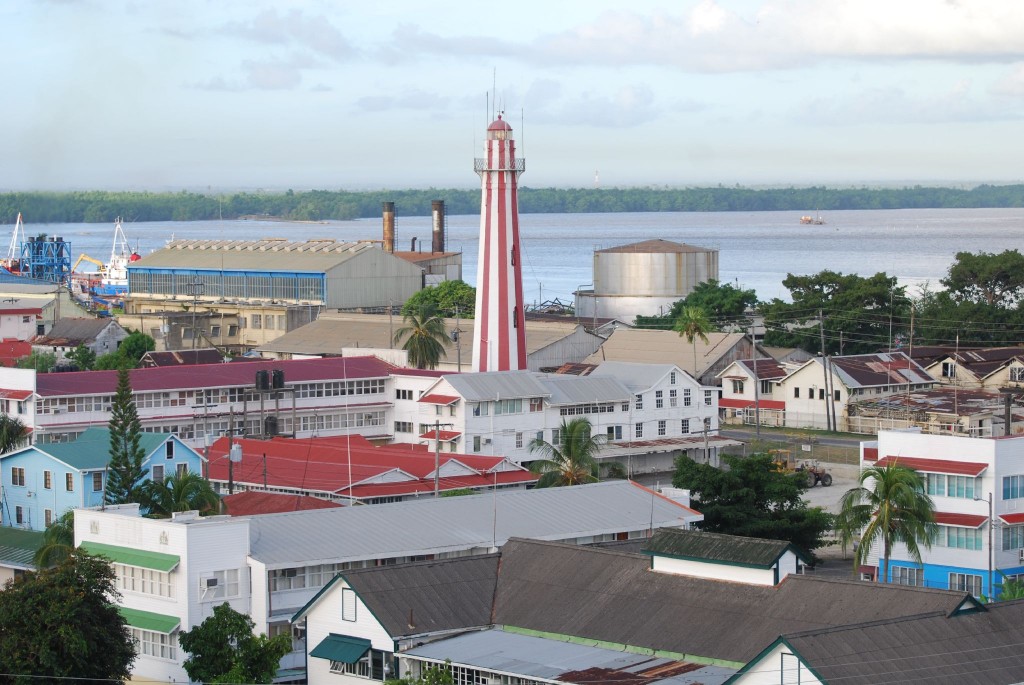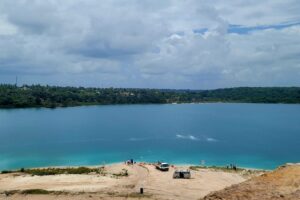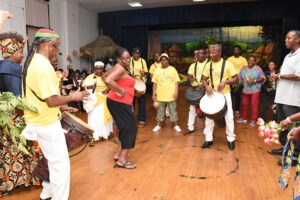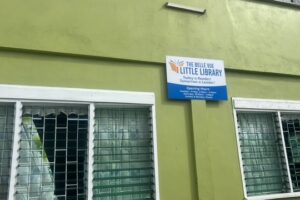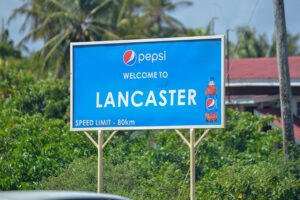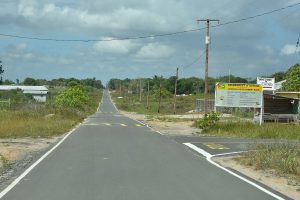The guiding light for seamen to land safely at a harbour or port can be called a lighthouse. The structure from which light is projected, towers 103 feet over Water Street and the roofs of many civic and residential buildings. Previously, around 1806 a beacon along the East coast was first used as a guide, for ships and vessels heading toward the Demerara river.
Did you know that it was once made of wood?
The Georgetown Lighthouse was first built by the Dutch in 1817. It was a wooden structure, as were many of the early lighthouses in the world and it was illuminated by an oil lamp.
By 1830, a new lighthouse was constructed by the British. This sturdy brick building is classified as a shore station built to withstand strong winds due to its inland location as opposed to other lighthouses which are constructed off shore. The lighthouse is surmounted by an iron gallery which is ascended by a flight of one hundred and thirty-eight stairs. In the gallery there is a large 1000 watt bulb, which replaced a floating light that was first installed in the lighthouse soon after its construction.
The History & Purpose of the Lighthouse
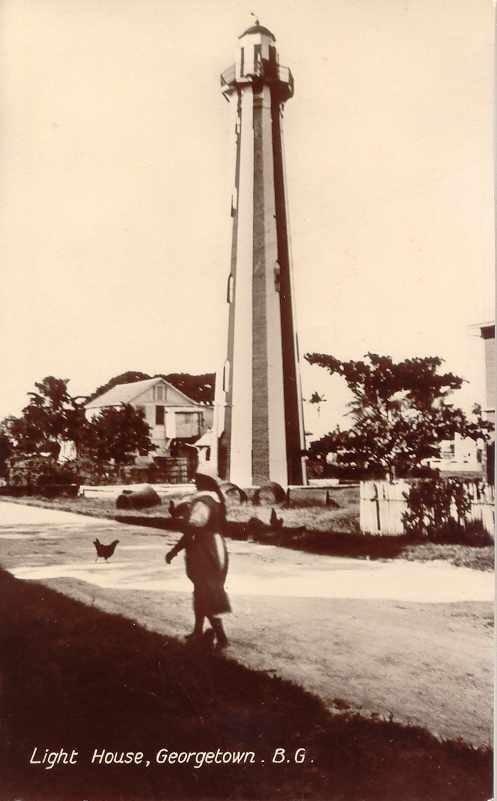
British Guiana Lighthouse | Source: https://www.ibiblio.org/lighthouse/guy.htm
The Georgetown Lighthouse was built in 1817 by the Dutch to guide seafaring vessels from the Atlantic Ocean into the Demerara River. This almost 200-year-old building remains standing today, and looks down on what was once Fort William Frederick – now the Transport & Harbours Department.
The Lighthouse is the second of two Lighthouses to be built at its current location. The foundation stone of the current structure was laid in 1830. The Lighthouse is the only structure of its kind found in Guyana. It continues to serve as a navigation aid to the many vessels and sailors making their way to and from Port Georgetown with its red and white straight tapered stripes.
A floating light was placed at the Demerara bar in March 1838 and a system of signalling to the lighthouse was established. On 27 February 1838 a Committee of Pilotage was formed and entrusted with the signalling. Before establishment of the System of Signalling, the beacon which had been erected on the East Coast Demerara and vessels entering had to contribute to the cost of constructing the beacon.
About a half mile east of Fort Groyne there was a block house which was used as a signal station for vessels arriving, and for signalling to Berbice. The coastal signalling was done by semaphore stations.
Features of this National Monument
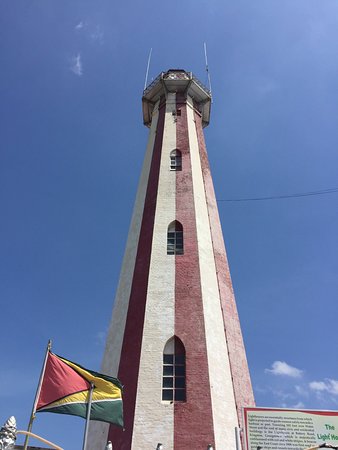
Image source: TripAdvisor.com
The British engineers constructed the lighthouse of brick reinforcing the building by placing it on a foundation of 49 greenheart piles, making it durable nearly 200 years later.
The purpose of using brick was said to be able to withstand strong winds. It is surmounted by an iron gallery reached by climbing a flight of 138 stairs. The gallery contains a large 1000 watt bulb, which replaced an earlier floating light. This beam of light is visible for some 30-40 miles at sea.
Below the gallery is the watch room which is used by administrative staff. A 24-inch long range telescope was once used here to look out for any distress signals from ships at sea. It is now housed in the National Museum.
The colors of this landmark red and white is very distinct and is also known as a national monument.
A steel balcony at the top of the Lighthouse offers a panoramic view of Georgetown and West Coast Demerara.
Rules for visitors
- No drugs or alcohol are allowed in or around the building.
- The use of drugs and/or alcohol are grounds for eviction.
- The Lighthouse reserves the right to refuse visitors who are deemed harmful or disruptive.
How to Visit the lighthouse
The view from the top lighthouse offers an opportunity to see the Demerara River and Georgetown from a unique perspective. It should be on your list of things to do if you are not afraid of height.
To visit the lighthouse, you must seek approval from the Maritime Administration Department. You can fill an electronic application form on their website at https://marad.gov.gy/lighthouse-visit/ , alternatively, you can contact the Maritime Administration Department using the information here:
Maritime Administration Department
Transport & Harbors HQ,
Top Floor,
Battery Rd & Fort St.,
Kingston, Georgetown, Guyana.
Contact Numbers: (592) 225-7330/226-3356
Article References
- https://web.archive.org/web/20080905083427/http://www.nationaltrust.gov.gy/trustnewsc.html
- https://www.guyanatimesinternational.com/the-lighthouse/
- http://nationaltrust.gov.gy/history-of-georgetown/historic-kingston/
- https://www.revolvy.com/page/Georgetown-Lighthouse%2C-Guyana
- https://en.wikipedia.org/wiki/Georgetown_Lighthouse,_Guyana
- https://marad.gov.gy/lighthouse-visit/

